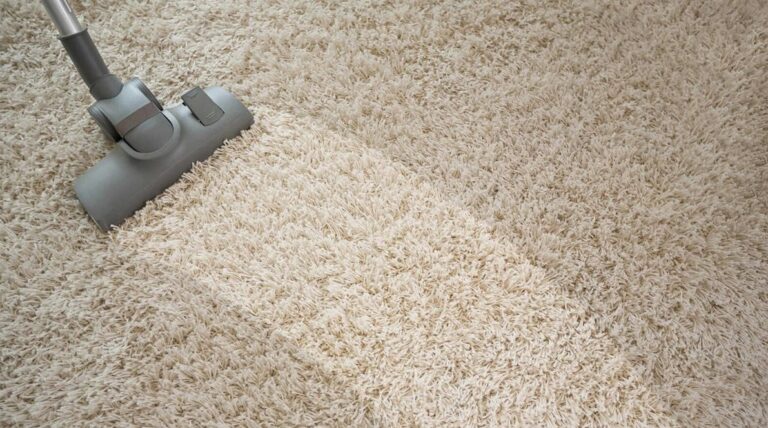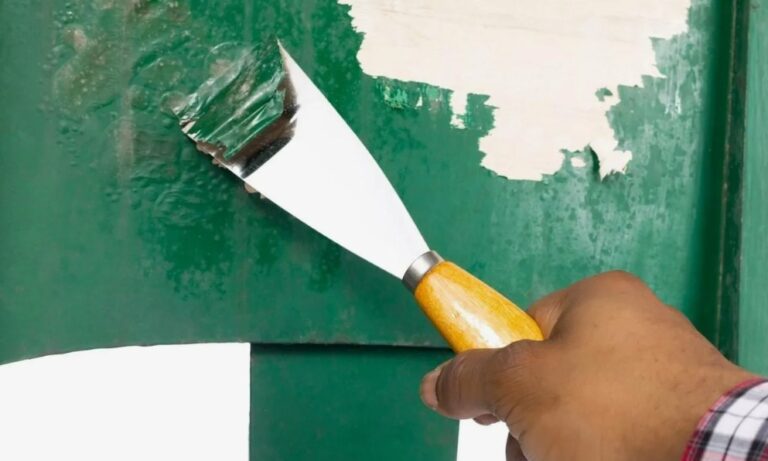Mildew on your carpet isn’t just unsightly—it can ruin the fibers, create an unpleasant odor, and even lead to health problems. Whether it’s caused by excess moisture, spills, or a leak you didn’t catch in time, mildew can creep in fast. The good news? It’s entirely fixable with a little effort and know-how.

This guide will help you understand what mildew is, how to spot it, and—most importantly—how to get mildew out of your carpet using DIY methods. You’ll also find tips to prevent mildew from taking over again in the future.
What Is Mildew and How Does It Form on Carpets?
Mildew is a fungus, much like its better-known cousin, mold. While mold grows in thicker patches and comes in various colors (including black, green, or yellow), mildew is typically grey or white and has a powdery texture. Both thrive in moist environments, making carpets a prime target when conditions are right.
Common Causes of Mildew on Carpets
- Excess Humidity: High humidity levels create the perfect environment for growing mildew.
- Spills or Leaks: A drink spill, a pet accident, or a leaky roof can soak the carpet fibers, allowing mildew to develop.
- Poor Ventilation: Limited airflow can trap moisture in your home, especially in rooms with wall-to-wall carpeting.
- Flooding or Improper Cleaning: Wet cleaning methods that fail to dry the carpet thoroughly can leave behind dampness, inviting mildew to settle in.
Understanding what allows mildew to thrive is the first step in getting rid of it—and keeping it away for good.
How to Identify Mildew on Carpets
Before you start cleaning, you must ensure you’re dealing with mildew, not mold or a stain.
Signs of Mildew
- Musty Odor: Mildew emits a distinctive musty smell. If your carpet stinks even after vacuuming, mildew might be the culprit.
- Discoloration: Look for white, grey, or light green patches on your carpet fibers.
- Powdery Texture: Unlike mold’s spongy texture, mildew often looks dry and powdery.
Mildew vs. Mold
- Appearance: Mildew usually appears flat and powdery, while a mold is thicker and can be fuzzy or slimy.
- Severity: Mold grows deeper into surfaces and spreads faster than mildew. Though both are problematic, mold is more complex to remove and may require professional help.
Now that you know what you’re up against, it’s time to tackle the problem head-on.
How to Get Mildew Out of Carpet: A Step-by-Step DIY Guide
Removing mildew from your carpet is easier than you might think. You can banish mildew and save your carpet with a few household items and a little patience.
What You’ll Need:
- A vacuum cleaner
- White vinegar
- Baking soda
- Water
- A soft brush or clean cloth
- Dish soap
- A clean spray bottle
- A fan or dehumidifier
Step 1: Vacuum the Area
Start by thoroughly vacuuming the affected area. This helps lift loose particles, including mildew spores, from the carpet’s surface. Discard the vacuum cleaner bag or clean the filter after use to ensure no mildew spores remain.
Step 2: Apply a Vinegar Solution
Mix white vinegar and water in a spray bottle and generously spray the mildew-affected area. Vinegar is a natural antifungal agent that’s safe for carpets. Allow the solution to break down the mildew for 15–20 minutes.
Step 3: Scrub Gently
Using a soft brush or a clean cloth, gently scrub the area to loosen the mildew from the carpet fibres. Avoid scrubbing too hard, as this may damage the carpet.
Step 4: Rinse with Water
Dampen a clean cloth with water and blot the area to remove excess vinegar and loosened mildew. Avoid soaking the carpet during this step, as too much moisture can lead to further mildew growth.
Step 5: Neutralize Odors with Baking Soda
After blotting, sprinkle a generous amount of baking soda over the affected area. Baking soda absorbs both moisture and odors. Leave it overnight, then vacuum the area thoroughly the next day.
Step 6: Dry Completely
Use a fan or dehumidifier to dry the carpet as quickly as possible. Placing the rug in direct sunlight (if feasible) also works wonders. Whatever you do, don’t skip this step—lingering dampness can cause mildew to return.
Bonus Tip: Need Extra Help?
If the mildew persists after cleaning, consider renting a steam cleaner or hiring a professional carpet cleaning service.
How to Prevent Mildew from Returning
Once you’ve cleaned your carpet, it’s crucial to take preventative measures to ensure mildew doesn’t come back. Here are some practical tips:
Keep Carpets Dry
- Use a dehumidifier in humid climates or during the rainy season.
- Attend to spills immediately with a towel or wet vacuum to prevent moisture from settling into the carpet.
Improve Ventilation
- Open windows and use fans to increase airflow in rooms with carpeting.
- Rearrange furniture occasionally to prevent dampness from trapping under heavy objects.
Regular Cleaning
- Vacuum your carpets at least once a week to remove dirt and buildup.
- Schedule a deep clean every six months, especially for high-traffic areas.
Use Area Rugs
- Replace wall-to-wall carpeting in moisture-prone areas (like basements) with washable area rugs that are easier to clean and dry.
Monitor Humidity
- Maintain indoor humidity levels below 60% using a hygrometer. If humidity starts to rise, invest in a good dehumidifier.
By implementing these practices, you’ll protect your carpet—and your home—from future attacks by mildew.
Say Goodbye to Mildew for Good!
Tackling mildew doesn’t have to mean replacing your carpet. With the right tools and techniques, you can remove mildew and restore your carpet to its former glory. Remember, the key to success is acting quickly to prevent mildew from worsening.
Have a tip or technique for removing mildew? Could you share it with us in the comments below? And for more DIY home-cleaning guides, remember to check our latest posts.




